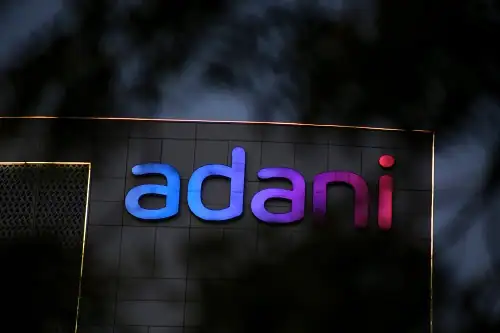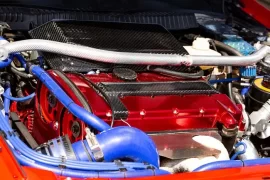Aswath Damodaran, known as the “Dean of Valuation”, shared his view on the current Adani crisis and analysis of Hindenburg Research. The Professor of Finance at the Stern School of Business, New York University also assessed the intrinsic value of Adani Enterprises in his blog.
Analyst’s take on Adani’s Surge
Adani Enterprises’ surge in market capitalization was surprising to Mr. Damodaran since the group was built around infrastructure businesses which take decades to pay off investors. Dramatic changes in value assessment are not usual events for such businesses. However, his analysis showed that the revenue of the company reported uninterrupted growth while the operating margin of the entity shrunk over the past 20 years.
The company’s return on invested capital declined steadily during the time frame. He expressed doubt about the solvency of the entity saying that their businesses may struggle to earn their cost of capital given the current margin level.
The Debt Scene
There is no doubt that the company financed most of its growth with debt in the past 20 years. It was even found to be using debt to pay dividends in the last several years 2016-2021. Recently, however, the company reportedly seemed to move to raise fresh equity which may be just a reaction to pressures from investors and lenders to reduce the debt burden.
The debt-to-book capital ratio was high, but the increase in market capitalization in 2021 and 2022 reduced the debt-to-market capital ratio. The interest coverage ratio of the entity showed a better understanding of the company’s limited cushion on its debt burden as the operating income was only slightly higher than interest expenses.
However, it is typical for infrastructure companies to have a heavy debt burden for new investments anticipating that the debt will be repaid at the maturity of the projects. What makes Adani’s case exceptional is its large scale, which means that if it fails to make debt payments, the consequences will be much greater than for a smaller infrastructure company.
Reviews of Hindenburg Research Findings
Mr. Damodaran said that he was surprised when he saw that Hindenburg Research targeted the Adani Group considering that their previous targets were usually much smaller. However, Adani Group is a massive target by any standard and is a well-known Indian company. The approach used by Hindenburg in their report, is where they throw out numerous accusations of wrongdoing in the hopes that something sticks. He summarized that the “biggest con” referred to in the report can be categorized into three elements:
1. Accounting misstatement/Fraud
2. Market Price Manipulation, and
3. Institutional Corruption.
He attempted to reorganize their findings and ranked them in an order that, he thought, was most damaging to the enterprise. The Hindenburg report accuses the Adani Group of using shell companies in Mauritius for stock manipulation and money laundering, inflating revenues through dubious intra-party transactions, using an inexperienced auditing firm to cover up accounting irregularities, violating listing rules by listing foreign funds controlled by the family as non-promoter holdings, using the manipulated stock price as collateral for debt, and having connections to individuals accused of fraud and manipulation.
However, the analyst found that Hindenburg’s report focused mainly on claiming that Adani Group is highly leveraged. Even if one believes that a low current ratio leads to a higher risk of default, being highly leveraged is not necessarily a fraudulent act but rather a risk that some equity investors take in order to increase their returns. This is common in the infrastructure business, where many companies borrow heavily and have limited earnings buffers. According to his perspective, many of these companies would not pass Hindenburg’s test for over-leveraging.
Is Adani Enterprise still an overvalued company?
According to Mr. Damodaran, even if the allegations made in the Hindenburg report targeting the Adani Group are incorrect, the stock of Adani Enterprises is still not cheap as it has fallen 62% from its peak of Rs 4,190. Damodaran has shared his calculations on his blog, which show that the fair value of the stock should be around Rs 945 per share, without taking into account the accusations made by Hindenburg.
Nevertheless, he still will not find the share lucrative if the price drops to its intrinsic value as it incorporates several risk factors arising from its family group holdings, taking advantage of political connections, unclear financial statements, and also including the possibility of wealth transfers across family group companies. Rather, it is more intriguing to him to observe the tussle between the Adani Group and Hindenburg from a neutral standpoint, with a focus on the potential impact it may have on business, investing, and regulations in India rather than a specific interest in the company itself.








